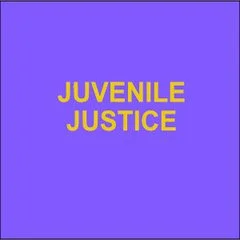By Ella Armstrong
RECOMMENDATIONS Girls, along with their families, carers, and professionals, have highlighted critical changes needed to transform their experiences within these systems. Their recommendations call for a shift from punitive and stigmatising responses to approaches rooted in trauma-informed care, stability, and genuine empowerment. Girls emphasised the need for trust, time, and presence from professionals, highlighting that meaningful relationships are critical in preventing harm and promoting recovery. Increased professional training and awareness to ensure that those working with girls — particularly in Children’s Social Care and youth justice — understand gendered trauma and avoid reinforcing stigma. Address systemic biases, including adultification and criminalisation of girls in care, particularly for girls of colour, by embedding anti-racist and anti-discriminatory practice in all levels of policy and service provision. Ensure girls' voices are central to policy and decision-making, such as including girls with lived experience in the Girls’ Justice Board, as recommended in the Independent Review into Girls in Custody, to create meaningful change. 4 EXECUTIVE SUMMARY METHODS This report is based on qualitative research, including interviews with girls, caregivers, and professionals across youth work, Children’s Social Care, and the Youth Justice System. Testimonies were collected to highlight lived experiences, supported by a review of policy documents and existing literature on gender, youth justice, and social care. Statistical analysis was also incorporated to illustrate key trends in girls’ experiences and outcomes. FINDINGS Specialist gender-sensitive services are often unavailable due to limited resources, leaving girls without the tailored support they need. A lack of professional confidence and consistency in working with girls means responses are often punitive rather than trauma-informed, reinforcing stigma and disadvantage. Girls in contact with the Youth Justice System experience heightened criminalisation, often due to systemic biases, a lack of gender-sensitive support, and being mischaracterised as disruptive rather than in need of help. A cycle of disadvantage then persists, with girls more likely to experience abuse, mental health struggles, and exclusion from education, yet receive inadequate support. Adultification bias disproportionately affects girls of colour, and coupled with systemic racism, this leads to harsher interventions and fewer protective responses.
London: SHiFT, 2025. 26p.





